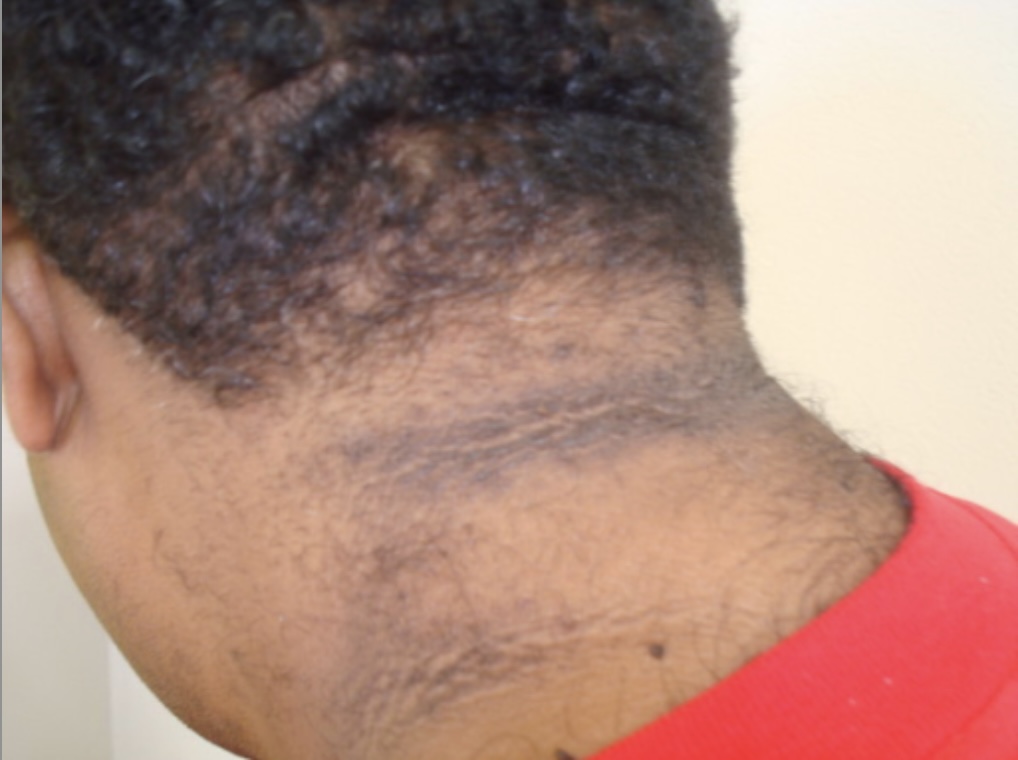Playlist
Show Playlist
Hide Playlist
Case: 59-year-old with a History of Diabetes Mellitus
-
Slides Toxic and Metabolic Polyneuropathies.pdf
-
Download Lecture Overview
00:02 Let's start with a case. 00:03 This is a 59-year-old individual with a history of diabetes and associated diabetic retinopathy who presents with complaints of numbness and tingling in the feet and hands. 00:14 The patient has a long history of numbness and paresthesias in the feet. 00:18 More recently, the same symptoms have walked up the body and are now occurring in the hands. 00:23 Exam shows mild weakness with dorsiflexion reduced light touch and vibration to the knee and absent ankle jerk reflexes bilaterally with reduced patellar reflexes bilaterally. 00:38 So there are a number of key features in this case. 00:40 The first is the patient presents with typical neuropathic complaints with both sensory and motor involvement. 00:46 This sounds like it's a distal symmetric, not polyneuropathy. 00:50 Symptoms are similar on both sides of the body, it is symmetric, it has begun in the feet worked its way up to the knee and now the patient is noticing symptoms in the hand, which is consistent with a length-dependent neuropathy. 01:02 And we also see that with the reflex findings, absent reflex distally reduced a little bit more approximately and likely normal in the arms. 01:12 So what's your diagnosis? Is this neuropathy associated with B12 deficiency? Charcot Marie Toothe type 1? Diabetic polyneuropathy or polyneuropathy associated with alcoholism? Well, this is not the typical presentation of someone with vitamin B12 deficiency. 01:30 Patients can develop neuropathy, but the classic presentation is a myeloneuropathy, both the spinal cord disorder as well as neuropathic complaints. 01:39 And so this would be inconsistent with this patient's presentation. 01:44 Charcot Marie Toothe and inherited polyneuropathies are among the most common causes of peripheral polyneuropathy. 01:50 However, this would not be the initial consideration for this patient. 01:54 We need to work up and rule out acquired causes such as diabetes in this patient before making a diagnosis or considering a diagnosis of inherited polyneuropathy. 02:06 This is not the presentation of polyneuropathy associated with alcoholism. 02:10 Alcoholism and chronic alcoholism is a common cause of neuropathy. 02:15 Patients present with sensory and motor symptoms. 02:17 But this presentation is more suggestive of diabetes which was present in the history as opposed to underlying alcoholism. 02:24 This is an important detail to evaluate in patients, any patient presenting with a chronic onset polyneuropathy. 02:31 And so the correct answer here is diabetic polyneuropathy. 02:35 And this is a typical presentation for this patient.
About the Lecture
The lecture Case: 59-year-old with a History of Diabetes Mellitus by Roy Strowd, MD is from the course Toxic and Metabolic Polyneuropathies.
Included Quiz Questions
Which of the following features is consistent with diabetic polyneuropathy?
- Distal sensory loss in the legs and feet
- Sensory loss in the hands that progresses to the legs
- Unilateral leg weakness
- Spinal cord symptoms
- A recent Campylobacter infection
Which of the following conditions is most likely to cause a myeloneuropathy?
- Vitamin B12 deficiency
- Diabetes mellitus
- Diabetes insipidus
- Campylobacter infection
- Median nerve compression
Customer reviews
5,0 of 5 stars
| 5 Stars |
|
5 |
| 4 Stars |
|
0 |
| 3 Stars |
|
0 |
| 2 Stars |
|
0 |
| 1 Star |
|
0 |




